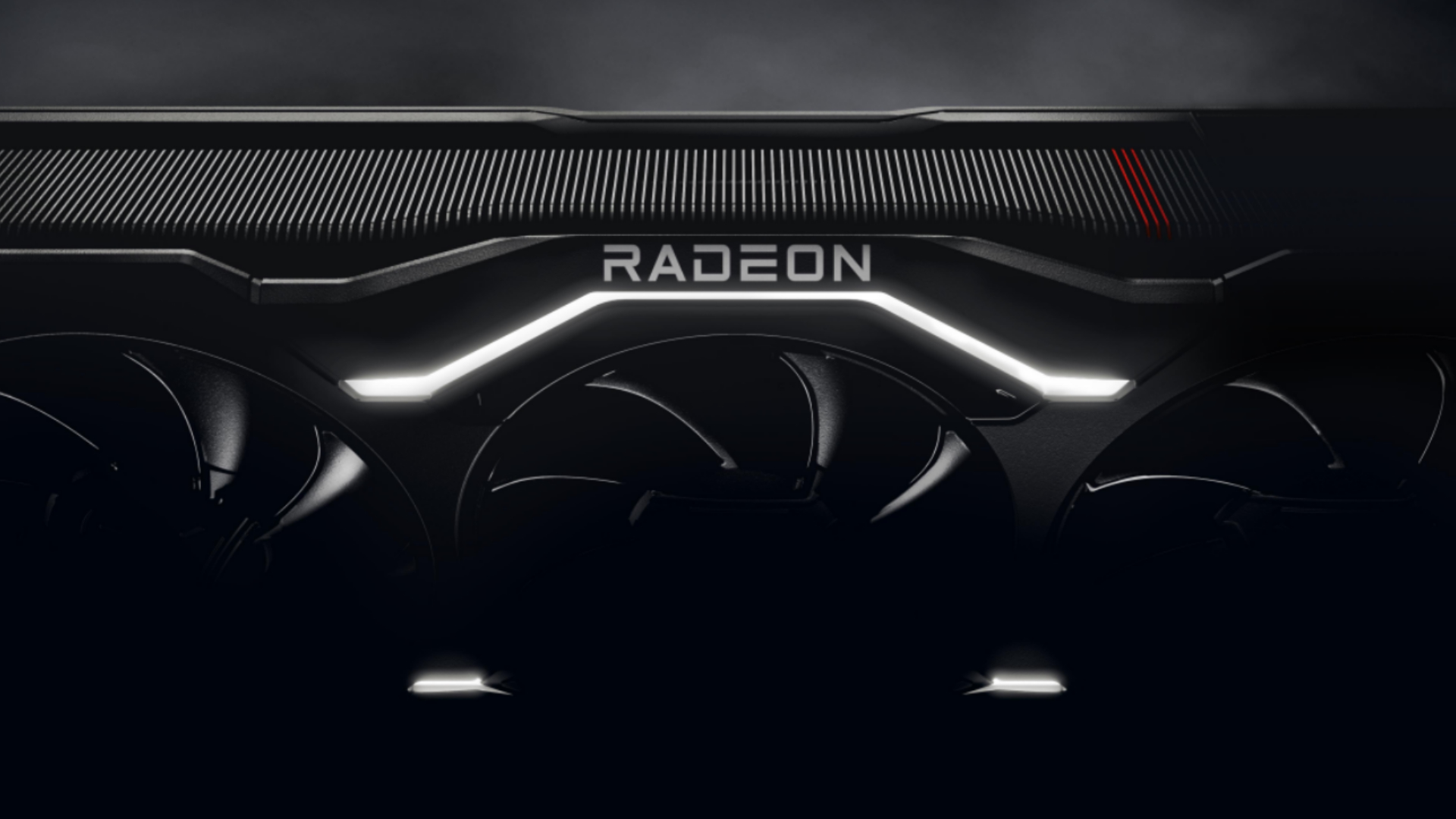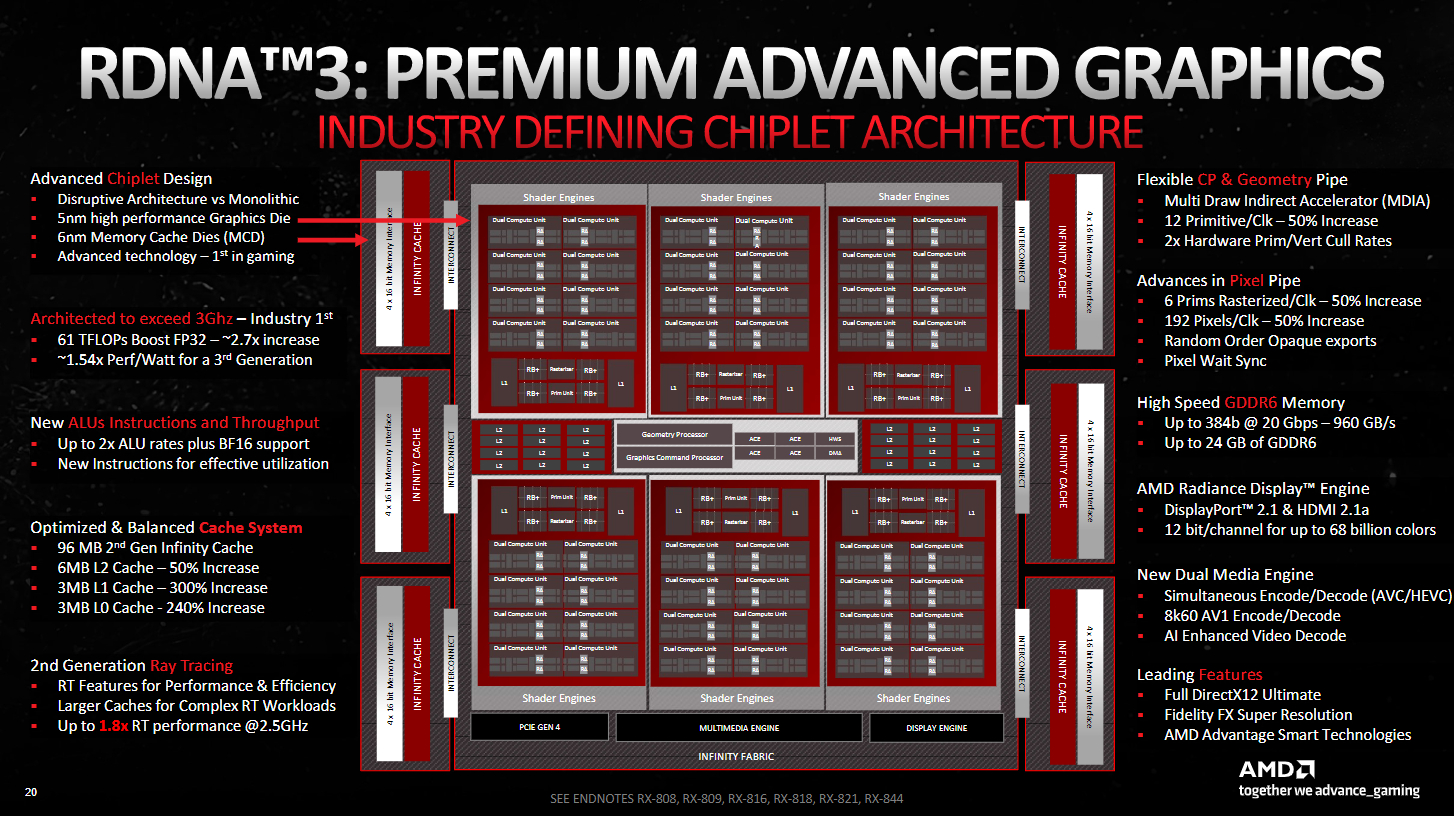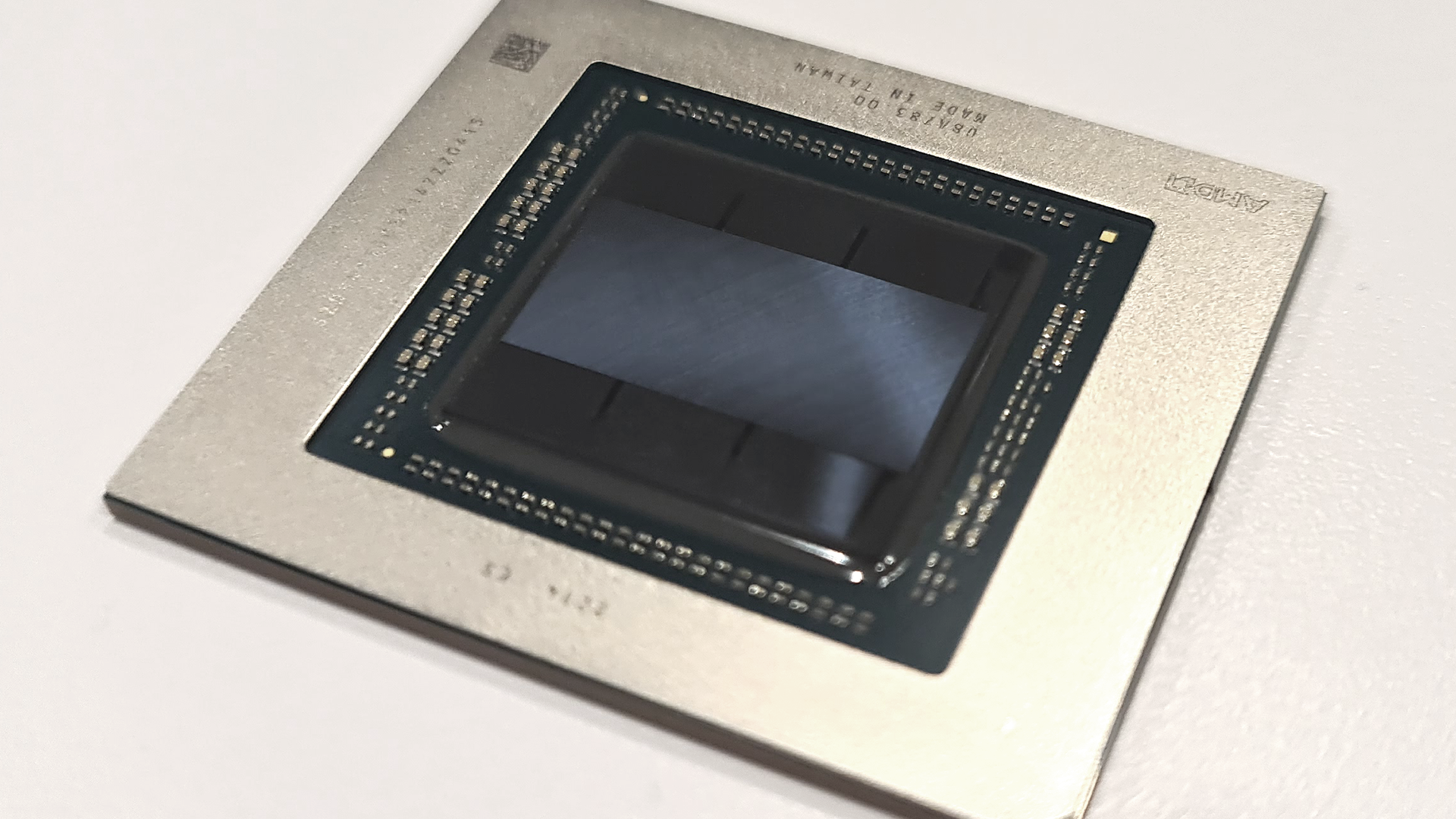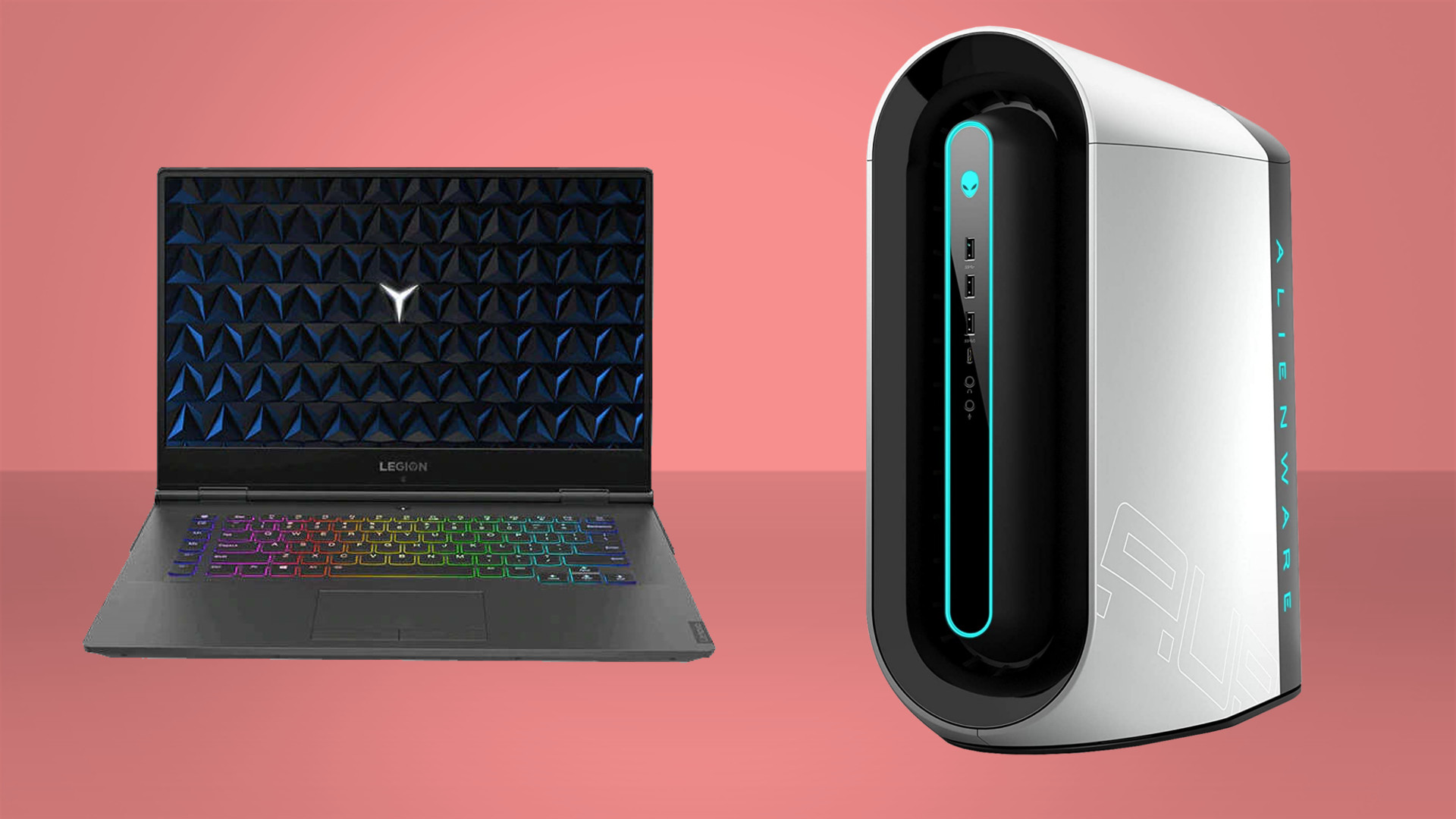AMD Radeon RX 7800 and RX 7700 graphics likely to rely on high clocks for performance
Smaller GPUs will need super-high clock speeds to deliver big performance gains.

An update for AMD's ROCm general-purpose GPU software has reportedly revealed the specs for Navi 32 and Navi 33, the next graphics chips likely to be released in the RDNA 3 series, otherwise known as Radeon RX-7000 series. Exactly where the new chips will slot into AMD's new Radeon RX 7000-series is the really big question.
Are these chips the basis of the upcoming Radeon RX 7800 and 7700 GPUs? Hold that thought while we consider the new information that's emerged. Buried deep within an ROCm file called "performance.hpp" are references to both Navi 32 and Navi. But the really critical numbers listed in the file are 60 and 32, and we're talking CUs or Compute Units. To make sense of those numbers, the Navi 31 chip inside the AMD Radeon RX 7900 XT and XTX graphics cards runs 96 CUs.
Assume the same CU substructure across all three GPUs in which each CU contains 64 stream processors and you end up with 6,144 stream processors on Navi 31, 3,840 on Navi 32 and 2,048 on Navi 33. For further context, the outgoing Navi 21 GPU inside the Radeon RX 6900 XT has 80 CUs and 5,120 processors, while Navi 22 as found in the 6700 XT rocked 40 CUs and 2,560 processors.
Complicating things slightly, the stream processors in the new RDNA 3 chips are double pumped and able to process twice as many FP32 operations as an RDNA 2 stream processor, but not double the integer math. It's annoyingly complicated stuff that means sometimes Navi 31 behaves as though it has 12,288 processors, but not always.
The same applies to Navi 32 and Navi 33. Navi 32, therefore, could be said to have either 3,840 processors, which doesn't look that impressive when the previous gen RDNA 2 architecture extended up to 5,120, or you could call it 7,680 processors, which sounds pretty sweet.

So, where in AMD's new RX 7000-series lineup are Navi 32 and Navi 33 likely to fall? For the previous RDNA 2 generation, AMD actually based the Radeon RX 6800 and 6800 XT on the big Navi 21. Unfortunately, just as Nvidia demoted the GeForce RTX 4080 to the smaller AD104 chip instead of basing on the bigger AD102 beast, it seems likely that AMD will do the same thing this time around.
In other words, The Radeon RX 7800 and 7800 XT will likely be based on Navi 32 this time around. At best, therefore, the 7800 XT will offer 62.5 percent of the physical hardware of the 7900 XTX. By comparison, the old 6800 XT is 90 percent of a 6900 XT. Just like Nvidia, then, the gap between the top tier card and the next rung down looks set to grow for this generation of AMD boards.
The biggest gaming news, reviews and hardware deals
Keep up to date with the most important stories and the best deals, as picked by the PC Gamer team.

As for Navi 33, that chip would then form the basis of the Radeon RX 7700 and 7700 XT. Notably, Navi 33 is expected to run a 128-bit memory, a step down from the Radeon RX 6700 XT's 192-bit bus. Moreover, by the smaller of the two ways of measuring stream processor count, the 7700 XT would step down to just 2,048 processors from the 6700 XT's 2,560.

Best gaming PC: The top pre-built machines from the pros
Best gaming laptop: Perfect notebooks for mobile gaming
If all that doesn't sound promising, the wild card that could change everything is clock speeds. AMD is on record in saying that RDNA 3 is designed for clock speeds of 3GHz and beyond. For reasons that aren't yet clear, AMD hasn't been able to get near that figure with Navi 31, the first RDNA 3 GPU out of the blocks.
However, for some time now clock speeds as high as 3.3GHz or more have been rumoured for various RDNA 3 GPUs. The maximum boost clock of the 6700 XT, for reference, is just under 2.6GHz. All of which means that the upcoming 7800 XT and 7700 XT graphics cards could still deliver a very healthy boost in performance over existing mid- and upper mid-tier GPUs from AMD, provided it delivers those 3GHz-plus frequencies on the smaller chips.
Fingers crossed!

Jeremy has been writing about technology and PCs since the 90nm Netburst era (Google it!) and enjoys nothing more than a serious dissertation on the finer points of monitor input lag and overshoot followed by a forensic examination of advanced lithography. Or maybe he just likes machines that go “ping!” He also has a thing for tennis and cars.

